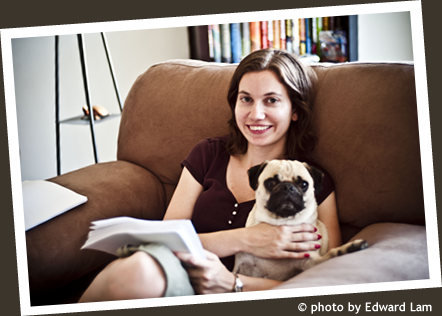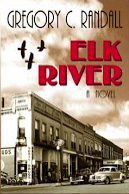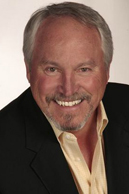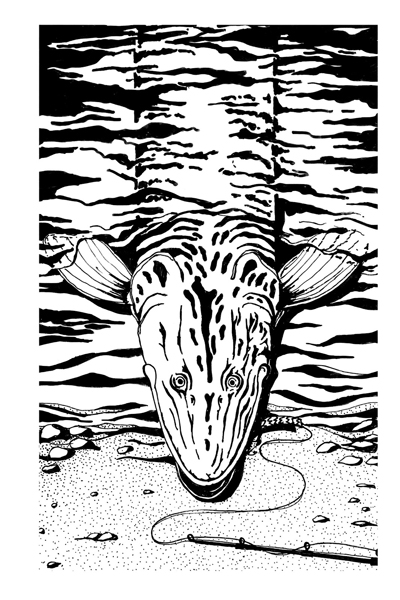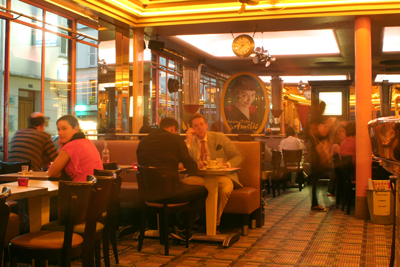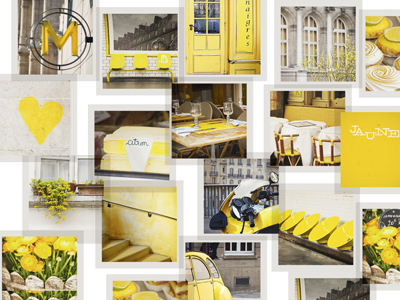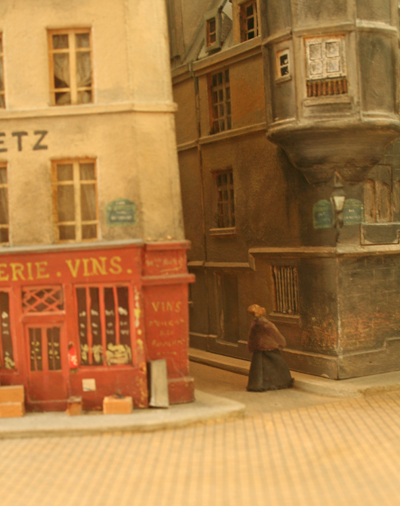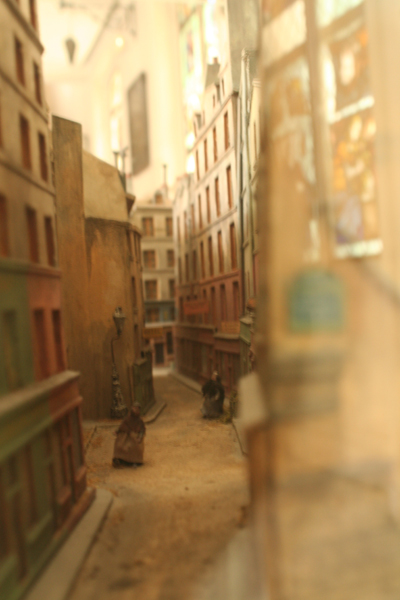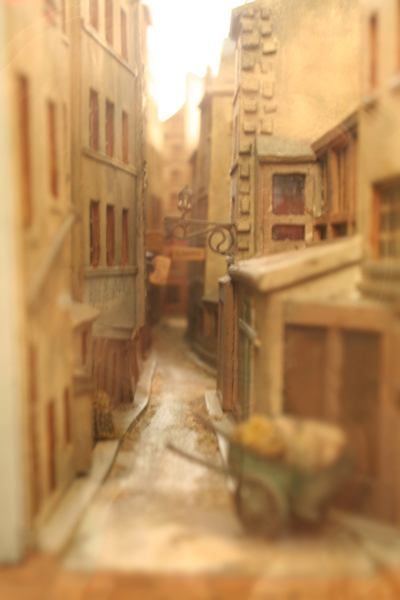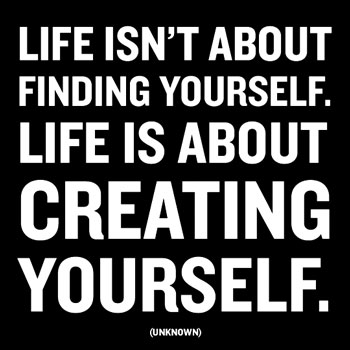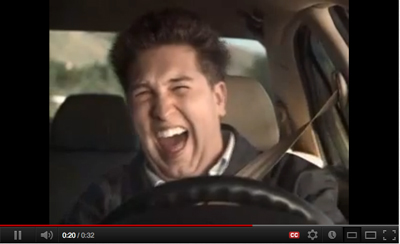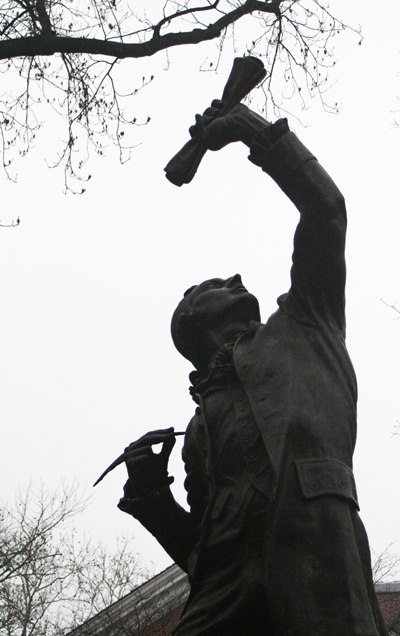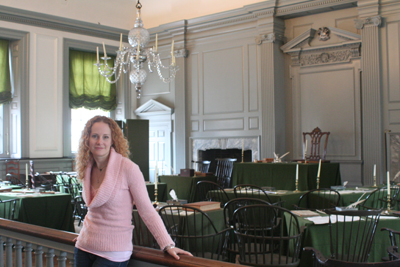
For the last three years, whenever I could, I’ve been conducting research for an historical fiction novel I’m writing about the American Revolution. With the upcoming July fourth holiday we celebrate the Declaration of Independence, so I share some of what I learned about the drafting of the finished piece.
Thomas Jefferson, as most know, was the main writer. Most don’t know he wrote it in just two days. The Continental Congress agreed to the resolution for independence on July second, Jefferson presented his rough draft after a little editing help from Adams and Franklin (read Adams’ first-hand account here), the Congress cut off about another quarter of the text, and the formal finished piece was adopted on July fourth. That day, John Dunlap printed 200 copies to distribute throughout the colonies, twenty-four of which exist today, including one in nearby Jamestown Yorktown Victory Center.
The famous parchment version with all the signatures, now housed at the National Archives, had some editing issues. The word “unalienable” was misspelled. It should be “inalienable.” When the founding fathers went to sign it, it’s assumed Jefferson’s hand corrected a couple more. The word “representatives” was missing the “en” so that was penned in. The word “only” was also inserted about ten lines up from the bottom into “Our repeated Petitions have been answered only in repeated injury.” You can actually see the changes on the original parchment. They make me feel so much better about my own editing mistakes.

